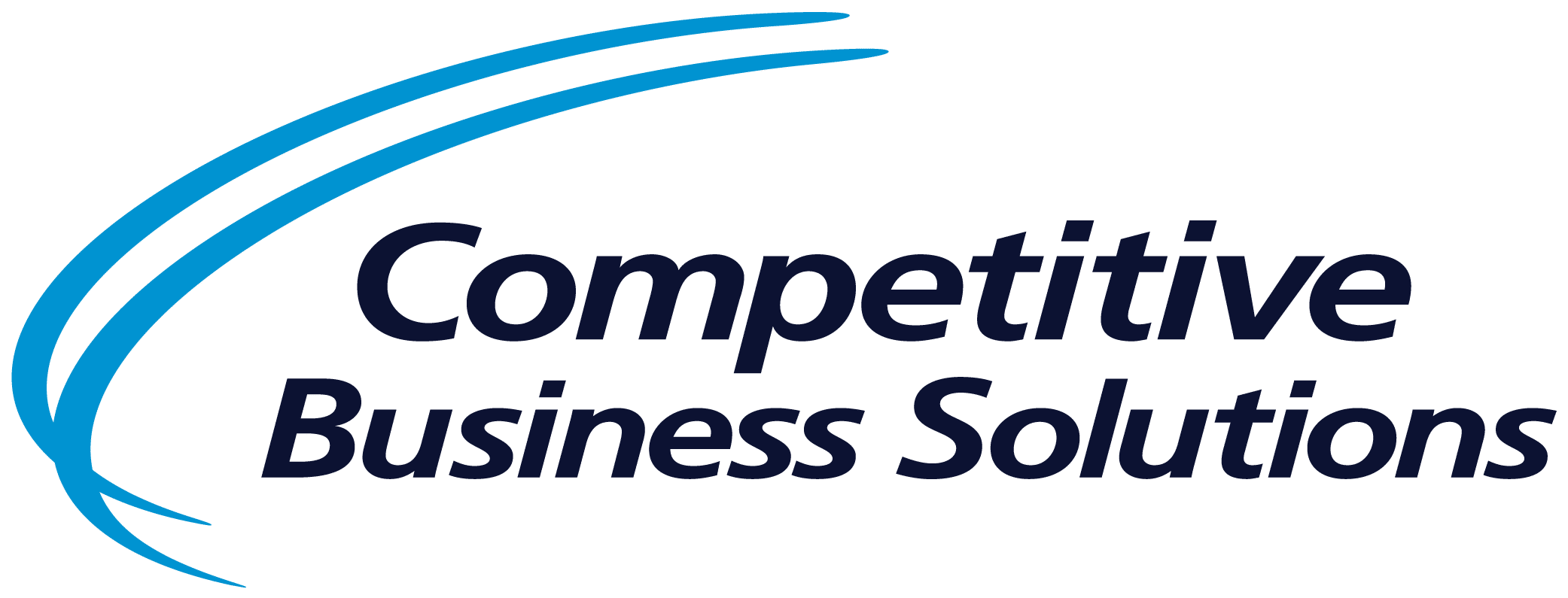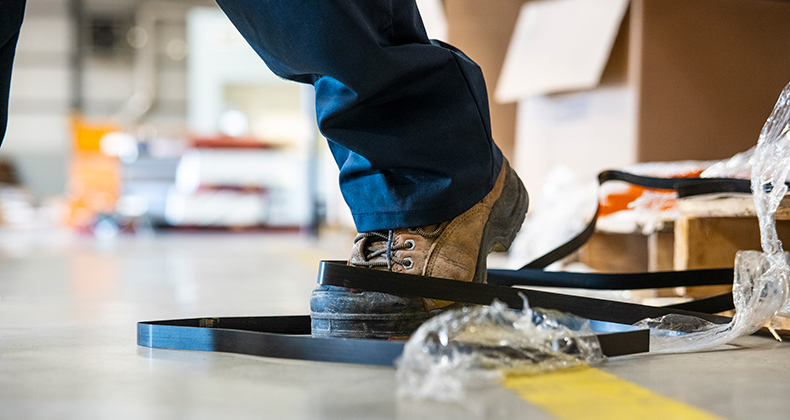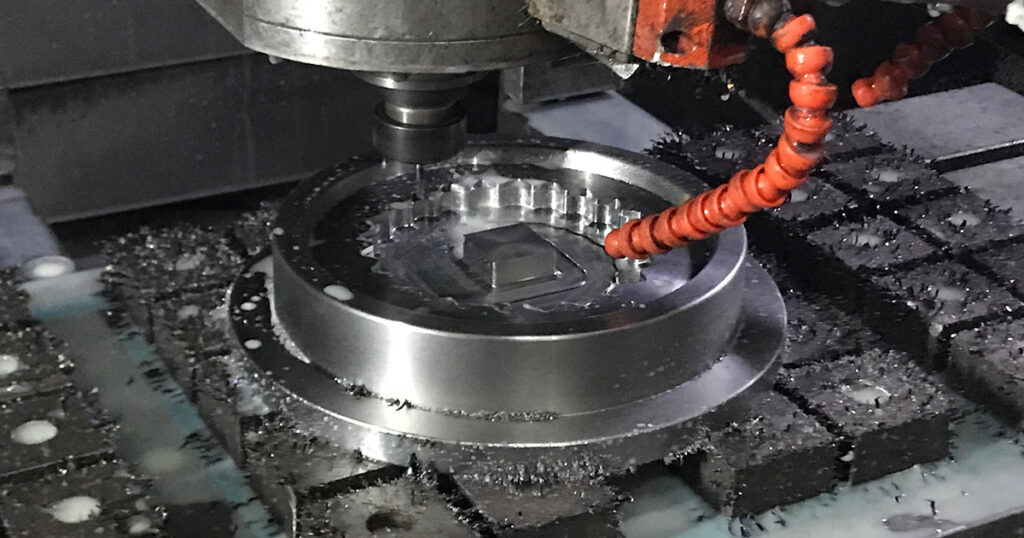Overview
A CBS client manufactures complex product and operates in a very competitive market with high delivery demands from its customers. Additionally, the company is under severe cost pressures as profitability and cash flow are not achieving the desired results. Adding to this cost pressure is the unplanned payments for multiple employees receiving workers’ compensation and medical expenses due to injuries in the workplace.
The Challenge
The client has a complex manufacturing operation, and products are processed internally and externally multiple times in the value creation process. This procedure requires a shipping and receiving operation to be safe, effective, and efficient. The client had experienced four lost-time injuries in the shipping and receiving dock in one fiscal year. This led to high employee turnover, delayed processing of products, and most important, a negative workplace reputation. The workplace was very cluttered and poorly organized, thus leading to precious metals materials being stored outside until they could be processed into the facility.
The client lacked the expertise to swiftly resolve the physical and process challenges in this shipping and receiving dock. CBS determined the most swift course of action was a 5-day kaizen event focusing on eliminating the physical safety issues, creating space to enable materials currently stored outside to be moved inside and finally implementing standard work to support the dock processes and sustainment.
“It is very important we address this work area for our employees. This is a critical process and our employees must have confidence to work in this area.”
—Site Safety Executive & Sponsor of Kaizen Event
The Approach
CBS and the client spent a “day in the life” with the shipping and receiving team members gathering the data needed to support the kaizen event. This preparation developed a clear understanding of the operating conditions. Some highlights included chain-link fencing up to the ceiling, unused racks and “homemade” metal walls, thus producing an unsafe and constrained work area. Likewise, this created an environment of no physical flow and poorly lighted conditions. There was also an absence of standard work to support the material flow and part protection requirements during multiple shipping transactions.
After understanding the work area, team selection was very important. A total of 7 team members were selected to include safety leaders, operational leaders, ergonomic specialists, and work area team members. The kaizen followed a very traditional script. Leaders conducted team training, reviewed current state documentation, characterized opportunities for improvement, developed future state, operationalized, and debriefed.
Due the serious safety conditions of the workspace, the goal was to have zero open action items at the end of the event. All action items identified during the event were closed out prior to the end of the week. The executive sponsor was key in ensuring all facility support resources were available and had clear authority to complete kaizen team requirements.
“This was an incredible transformation in the shipping and receiving dock. The power of what was accomplished yesterday has me thinking a lot and convinced we need to do more of this across the plant.”
—Site Safety Executive & Sponsor of Kaizen Event
Statistical Results
- 100% decrease in recordable injuries, from 4 to 0 in 6 months since the event
- 35 % increase in floor space to allow for safe material flow and inside storage of materials
- 83% decrease in Dock to Stock from 3 days to 12 hours
- 68% decrease in Pick to Ship from 2.7 days to 12 hours
Conclusion
This kaizen event showed rapid and impactful improvements that can be applied to any shipping and receiving dock operation. Removing ceiling-high chain-link fencing, unused shelving and “homemade” metal walls opened up the workspace to enable safe workflow of people machines and materials. Standard work for the operation created clear and direct work activities. To complement standard work, ergonomic evaluations were conducted, and the “right” equipment was furnished to eliminate injuries. The last component was implementing daily visual management to clearly identify the inputs, outputs and standard work in process to spot abnormalities quickly and resolve them. Daily visual management practices galvanized this event by providing the leadership and assigned associates the rigor required to stay task-focused for a safe, effective shipping and receiving operation.
“I cannot believe we got all of this done in one week. I racked my brain on how to improve the area. The equipment assigned to the area is really great. No more bending over. I had a great week.”
—Lead Shipping & Receiving Associate
About Competitive Business Solutions (CBS)
Competitive Business Solutions consultants are masters of world-class operating and lean sigma principles. Creative problem-solvers throughout the improvement process—from initial discovery and strategic solution development to implementation and knowledge transfer—CBS consultants take pride in their client relationships, working side-by-side with every member of onsite teams to identify performance issues quickly and effectively, with significant and sustainable business improvement as a result.



